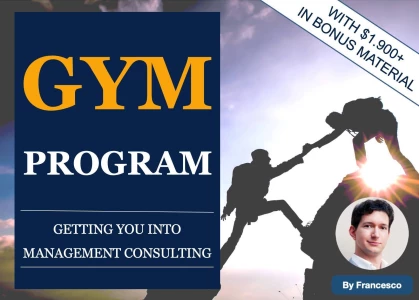Hi all. In a profitability decline case where the root cause is due to an internal organization change (e.g. sales force in the firm not trained to sell specialized products recently developed by a company; sales force not compensated enough), I would like to know what is the best way to ask probing questions in order to arrive at the problem. In an ideal situation, I'd ask "are any organization changes in the firm" and the interviewer would spell out any changes that occurred and we can conclude from there; however, I'd doubt things would easily play out like this.
(edited)




